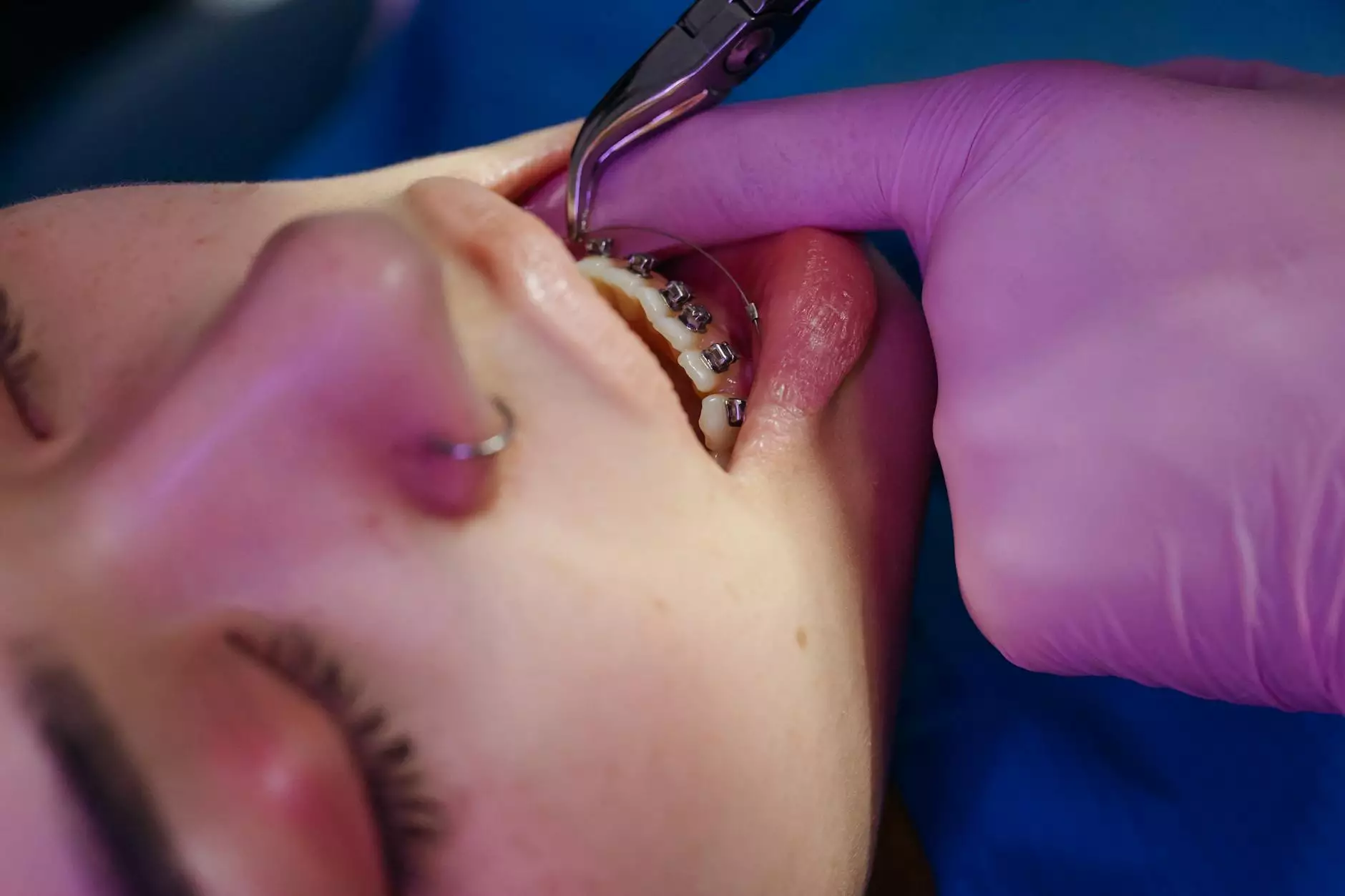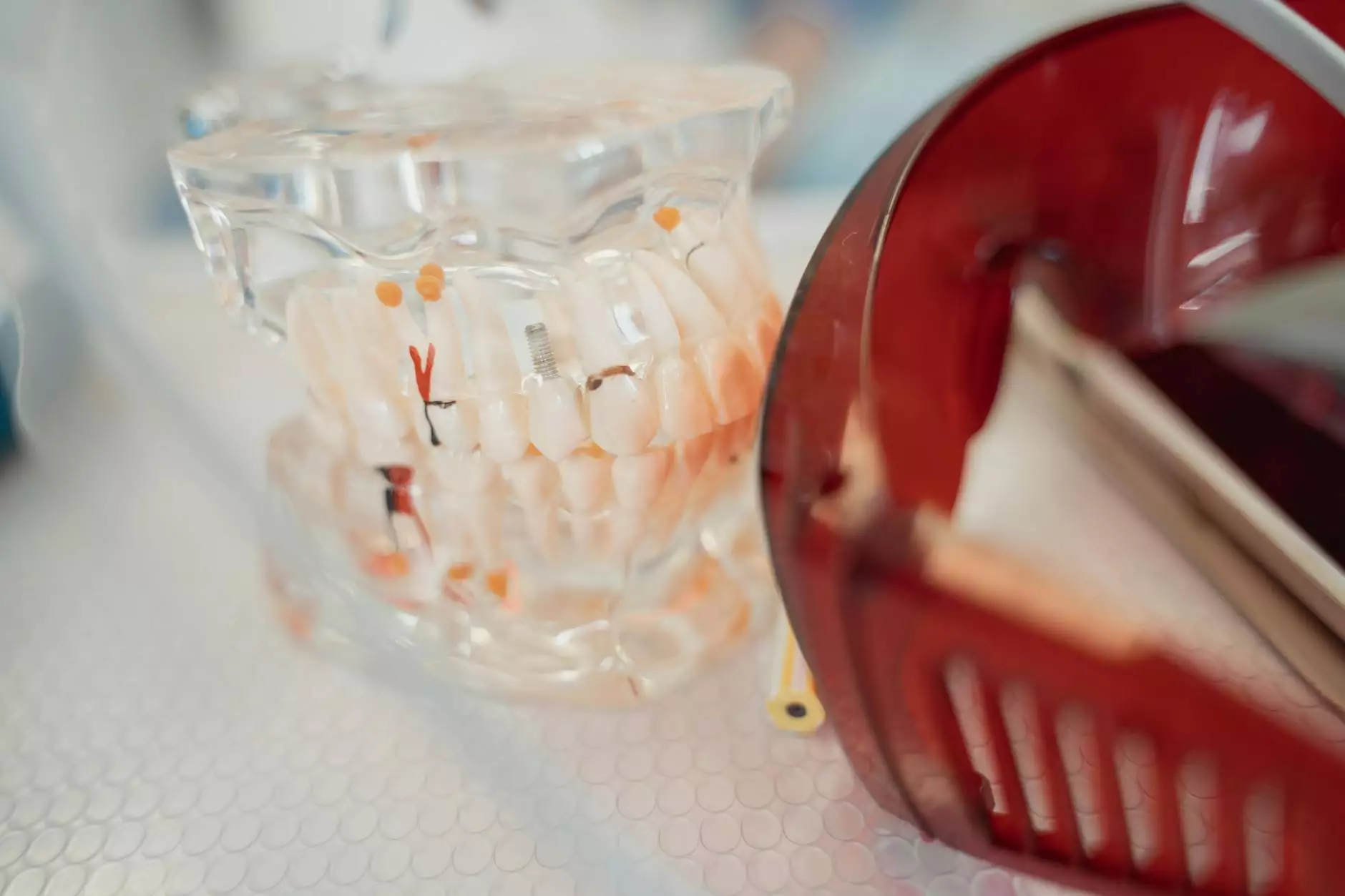Understanding Swelling in One Ankle Only: Causes, Diagnosis, and Treatment Options

The occurrence of swelling in one ankle only can be a discomforting experience, often prompting concern about underlying health issues. While some causes are benign and temporary, others may signal more serious vascular or musculoskeletal conditions that require expert medical intervention. Recognizing the causes and seeking specialized care can significantly improve outcomes and quality of life.
What Does Swelling in One Ankle Only Indicate?
Swelling localized to a single ankle often indicates an underlying problem affecting the blood vessels, lymphatic drainage, bones, joints, or soft tissues. The specific presentation can range from mild inflammation to severe vascular obstructions. Understanding what localizes the swelling is crucial in determining the appropriate diagnosis and treatment plan.
Common Causes of Swelling in One Ankle Only
Multiple factors can contribute to swelling in one ankle. Here are some of the most prevalent causes:
- Injury or Trauma: Sprains, fractures, or bruises can lead to localized swelling due to inflammation and fluid accumulation.
- Venous Insufficiency: Impaired blood flow through the veins can cause blood to pool, resulting in swelling, particularly after long periods of standing or sitting.
- Lymphedema: Blockage or damage to the lymphatic system hinders fluid drainage, leading to swelling in a specific limb.
- Deep Vein Thrombosis (DVT): A blood clot within the deep veins can cause sudden and prominent swelling, often accompanied by pain and warmth.
- Infections: Cellulitis or abscesses can cause localized inflammation and swelling, often with redness and warmth.
- Arthritis or Joint Disorders: Osteoarthritis or rheumatoid arthritis can cause joint swelling, stiffness, and pain.
- Chronic conditions: Heart failure or kidney disease may lead to fluid retention, although typically affecting both limbs, sometimes swelling is more prominent unilaterally due to positional factors.
- Cystic formations or tumors: Lipomas or other benign/malignant growths may press on surrounding tissues, leading to localized swelling.
Signs and Symptoms Associated with Swelling in One Ankle
Beyond swelling, other symptoms can hint at the underlying cause:
- Pain or tenderness, especially after injury
- Redness or warmth indicating infection or inflammation
- Change in skin color or texture
- Limited mobility or stiffness
- Sudden onset of swelling, suggestive of clot formation
- Persistent or worsening swelling over days or weeks
- Associated systemic symptoms like fever, chills, or general malaise
Why Proper Diagnosis Is Essential
Accurately diagnosing swelling in one ankle only requires a thorough clinical assessment by a vascular medicine specialist. Misdiagnosis or delayed treatment can lead to complications such as tissue necrosis, spread of infection, or embolism. Diagnostics may include physical examinations, imaging studies such as Doppler ultrasound, MRI, or venography, and blood tests.
Advanced Diagnostic Techniques at Truffle Vein Specialists
At Truffle Vein Specialists, our dedicated team of vascular doctors employs the latest diagnostic tools to identify the root cause of swelling in a precise manner. These include:
- Doppler Ultrasonography: Non-invasive imaging to assess blood flow and detect clots or venous insufficiency.
- Venography: Contrast dye imaging for detailed visualization of veins.
- MRI and CT scans: High-resolution imaging to detect soft tissue, bone, or tumor-related causes.
- Blood Tests: To identify signs of infection, inflammation, or systemic conditions.
Comprehensive Treatment Strategies for Swelling in One Ankle
The management of swelling in one ankle only depends on its cause, severity, and patient health status. Truffle Vein Specialists offers tailored treatment plans encompassing conservative, minimally invasive, and surgical options.
Conservative Treatments
Many cases respond well to non-invasive therapies such as:
- Rest and Elevation: Reducing pressure on the ankle to decrease swelling.
- Compression Therapy: Using specially fitted compression stockings to promote venous and lymphatic drainage.
- Medications: Anti-inflammatory drugs, anticoagulants, or antibiotics depending on the etiology.
- Physical Therapy: Exercises to improve circulation and joint mobility.
Minimally Invasive and Surgical Interventions
In cases where conservative management is insufficient or when structural abnormalities are present, advanced procedures may be necessary:
- Endovenous Laser Treatment (EVLT): For venous insufficiency—minimally invasive laser ablation of abnormal veins.
- Thrombectomy or Clot Removal: For DVT management to prevent risk of pulmonary embolism.
- Surgical Repair or Removal: For torn ligaments, cyst excision, or tumor removal.
- Lymphedema Surgery: Techniques like lymphaticovenous anastomosis or vascularized lymph node transfer for severe cases.
Preventive Measures and Lifestyle Tips
Prevention is always better than cure, especially for recurring or chronic swelling issues. Here are some practical tips to minimize risk:
- Maintain a healthy weight: Excess weight increases joint and vascular stress.
- Regular Exercise: Promotes good blood flow and lymphatic drainage.
- Avoid Prolonged Inactivity: Elevate and move periodically during long sitting or standing sessions.
- Wear Proper Footwear: Supportive shoes reduce risk of injury and strain.
- Stay Hydrated and Follow a Low-Sodium Diet: Reduces fluid retention.
- Manage Underlying Conditions: Control diabetes, hypertension, and vascular disorders effectively.
The Role of Expert Vascular Medicine in Managing Swelling in One Ankle
Specialists at Truffle Vein Specialists are trained to evaluate and treat complex vascular issues that present as swelling. Our clinicians utilize state-of-the-art techniques and personalized care plans to ensure optimal recovery and long-term vascular health.
We understand that swelling in one ankle only is not just an isolated symptom but a potential indicator of systemic or localized health problems. Immediate consultation and targeted treatment can prevent progression to more serious complications.
Summary: Take Action for Your Ankle Health Today
Persistent or sudden swelling in one ankle only warrants prompt professional evaluation. Whether caused by injury, vascular pathology, infection, or other health issues, early diagnosis vastly improves treatment outcomes. At Truffle Vein Specialists, our priority is to restore your vascular health, eliminate discomfort, and improve your overall well-being through advanced, personalized care.
Do not ignore signs of swelling — seek expert advice today and take the first step toward healthier ankles and a more active, pain-free life.









